Embracing Innovation: PCAOB’s Insight on Generative AI in Audits and Financial Reporting
- Posted by admin
- On December 13, 2024
- 0 Comments
The rapid growth of artificial intelligence (AI) technology is transforming industries, and the auditing and financial reporting sectors are no exception. Generative AI (GenAI), a cutting-edge subset of AI, has emerged as a mighty tool capable of generating new content based on user prompts, from text and images to audio and video. Recognizing the significant potential of GenAI to reshape auditing processes, the U.S. Public Company Accounting Oversight Board (PCAOB) has actively engaged in outreach activities to understand its integration and implications better.
Overview of PCAOB’s Outreach Efforts
In recent months, the PCAOB staff conducted a series of outreach initiatives with various audit firms and companies. This proactive approach aimed to gather insights into how these entities incorporate GenAI into their operations, particularly in audits and financial reporting. The findings from these interactions have been compiled in a comprehensive Spotlight report, providing transparency and shedding light on the evolving use of GenAI in these fields.
Key Observations from the Outreach
Integration of GenAI in Audits
The integration of GenAI in auditing is still in its nascent stages, yet it is progressing rapidly. Audit firms are primarily leveraging GenAI for administrative tasks and research activities. For instance, some firms use GenAI to prepare initial drafts of memos and presentations or to assist staff in researching internal accounting and auditing guidance. Larger global network firms appear to be ahead in developing and deploying GenAI-enabled tools compared to their non-affiliated counterparts.
Despite the promising applications, firms have identified several areas where GenAI could further assist in planning and performing audits. These areas include summarizing accounting policies, evaluating audit documentation completeness, conducting risk assessments, and scoping audits. However, concerns about data privacy, security, and the reliability of GenAI output remain prevalent. To address these, firms are implementing safeguards and developing specific instructions to improve the consistency and accuracy of GenAI responses.
Integration of GenAI in Financial Reporting
On the financial reporting front, preparers are exploring how GenAI can streamline their processes. While the primary focus is on operational and customer-facing areas, significant efforts are being made to incorporate GenAI in accounting and financial reporting. GenAI is used to draft internal documents, prepare account reconciliations, and identify reconciling items.
However, like in audits, human oversight remains crucial. Preparers emphasize the importance of supervising GenAI’s use and reviewing its output to ensure accuracy and reliability. Establishing robust governance policies, procedures, and controls over GenAI tools is essential to mitigate risks and ensure data integrity.
The PCAOB’s observations on the integration of Generative AI (GenAI) in audits and financial reporting are supported by several industry surveys and reports. Here are some key statistics and findings that align with the PCAOB’s outreach results:
Adoption and Current Use
According to a Gartner survey, 41% of chief audit executives (CAEs) are using or plan to use GenAI in 2024. Of these, 12% are already employing GenAI models like OpenAI GPT and Google Bard for administrative tasks, such as drafting documents and presentations, which aligns with PCAOB’s findings on the current use of GenAI for administrative purposes.
Investment in GenAI
A McKinsey survey shows a significant increase in GenAI adoption, with 65% of organizations using GenAI regularly, almost double the previous year. This reflects the growing investment in GenAI tools and supports PCAOB’s observation that firms are increasingly investing in developing or partnering to create GenAI-enabled tools.
Potential Applications
The PCAOB noted potential uses of GenAI in planning and performing audits, such as summarizing documents and risk assessment. A Big Four firm’s implementation of AI tools in their audit processes exemplifies these potential applications, where AI assists in analyzing transactions, enhancing audit quality, and focusing on risk areas.
Challenges and Risks
According to McKinsey, inaccuracy remains a major concern, with 32% of organizations actively mitigating this risk. This is consistent with the PCAOB’s findings on the importance of human oversight to ensure the reliability of GenAI output.
Human Involvement
Both the PCAOB and industry reports emphasize that GenAI is meant to augment rather than replace human auditors. For example, the Big Four firm highlights that while AI tools enhance audit productivity, human judgment is crucial to verify and review AI-generated outputs.
KNAV’s Comments
We are in the midst of a technological revolution, and assurance providers, being the gatekeepers of financial integrity during this transformation, have a challenging task. While adaptation is crucial, maintaining a conservative approach to integrity is equally important. Generative AI can serve as an intelligent assistant, but it still requires careful monitoring and validation. Intelligence will always be inherently human, and professional skepticism cannot be supplanted by automated tools. Understanding the strengths of AI while being mindful of its limitations and trusting in the superiority of human judgment is the way forward.











0 Comments